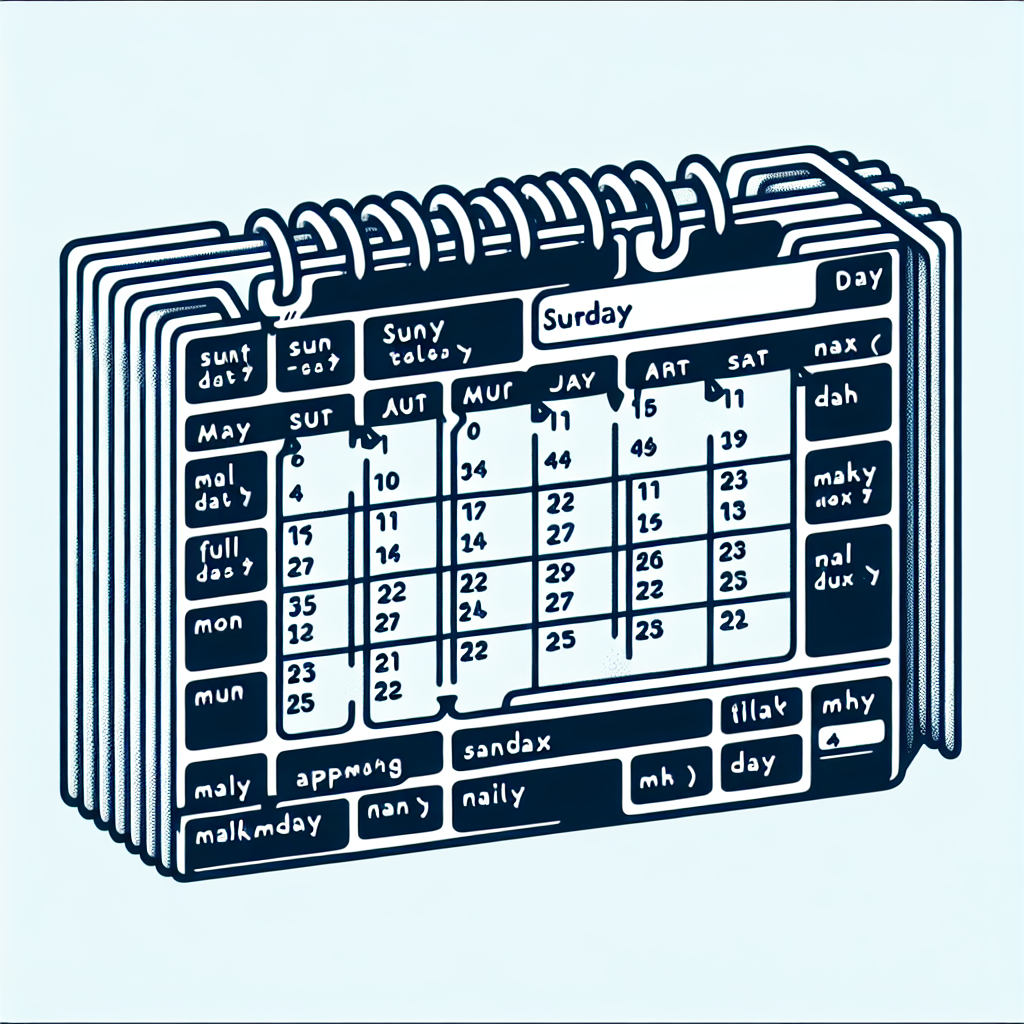How to Create an Efficient Calendar Using Markdown
Discover the simplicity of creating a Markdown calendar to enhance your time management. Learn how to set up a template, add tasks, and keep your schedule organized with this lightweight markup language. Start optimizing your daily routine with ease.

"Tired of manually formatting your Markdown? Try our free, one-click Markdown converter and simplify your writing workflow today!"
In the digital age, time management has become increasingly important. With the emergence of various tools and applications, we can organize our daily tasks and activities more effectively. Markdown, as a lightweight markup language, is beloved by many users for its simplicity and ease of use. This article will introduce how to create an efficient calendar using Markdown, helping you better manage your time and tasks.
What is Markdown?
Markdown is a simple markup language created by John Gruber and Aaron Swartz. It allows users to write documents using a plain text format that is easy to read and write, and then convert it into valid XHTML (or HTML) documents. Markdown's syntax is concise and clear, making it ideal for writing documents, notes, and schedules.
Why Choose a Markdown Calendar?
- Simplicity: Markdown's syntax is very simple, easy to learn and use.
- Portability: Markdown files are plain text, which can be easily opened and edited on any device and operating system.
- Flexibility: You can use any text editor to create and edit Markdown files.
- Version Control: Markdown files can be easily version-controlled, making them suitable for team collaboration.
How to Create a Markdown Calendar
Step 1: Choose a Text Editor
First, you need to choose a text editor that supports Markdown. There are many excellent Markdown editors on the market, such as Typora, MarkdownPad, VS Code, etc. Choose an editor you like and ensure it supports Markdown syntax highlighting.
Step 2: Create a Calendar Template
Create a new file in the editor and use Markdown syntax to create a calendar template. Here is a simple monthly calendar template example:
# April 2023 Calendar
## Monday
- Task 1
- Task 2
## Tuesday
- Task 1
- Task 2
## Wednesday
- Task 1
- Task 2
## Thursday
- Task 1
- Task 2
## Friday
- Task 1
- Task 2
## Saturday
- Task 1
- Task 2
## Sunday
- Task 1
- Task 2
Step 3: Fill in the Calendar Content
According to your actual needs, add specific tasks and activities under each date. You can use lists, links, bold, and italics, among other Markdown syntax, to format your calendar content.
Step 4: Save and Backup
After completing the calendar editing, remember to save the file. To prevent data loss, it is recommended to regularly back up your Markdown files. You can save the files in cloud storage services such as Google Drive, Dropbox, or OneDrive.
Conclusion
Creating a calendar using Markdown is a simple and efficient method that can help you better manage your time and tasks. By choosing the right text editor, creating a calendar template, and regularly updating and backing up, you can easily keep your schedule organized. Whether you are a student, a professional, or a freelancer, a Markdown calendar can be a powerful assistant for your time management.
Through this article, you should have a basic understanding of how to create a calendar using Markdown. Now start trying to create your own Markdown calendar and make time management more efficient and orderly!



Comments ()